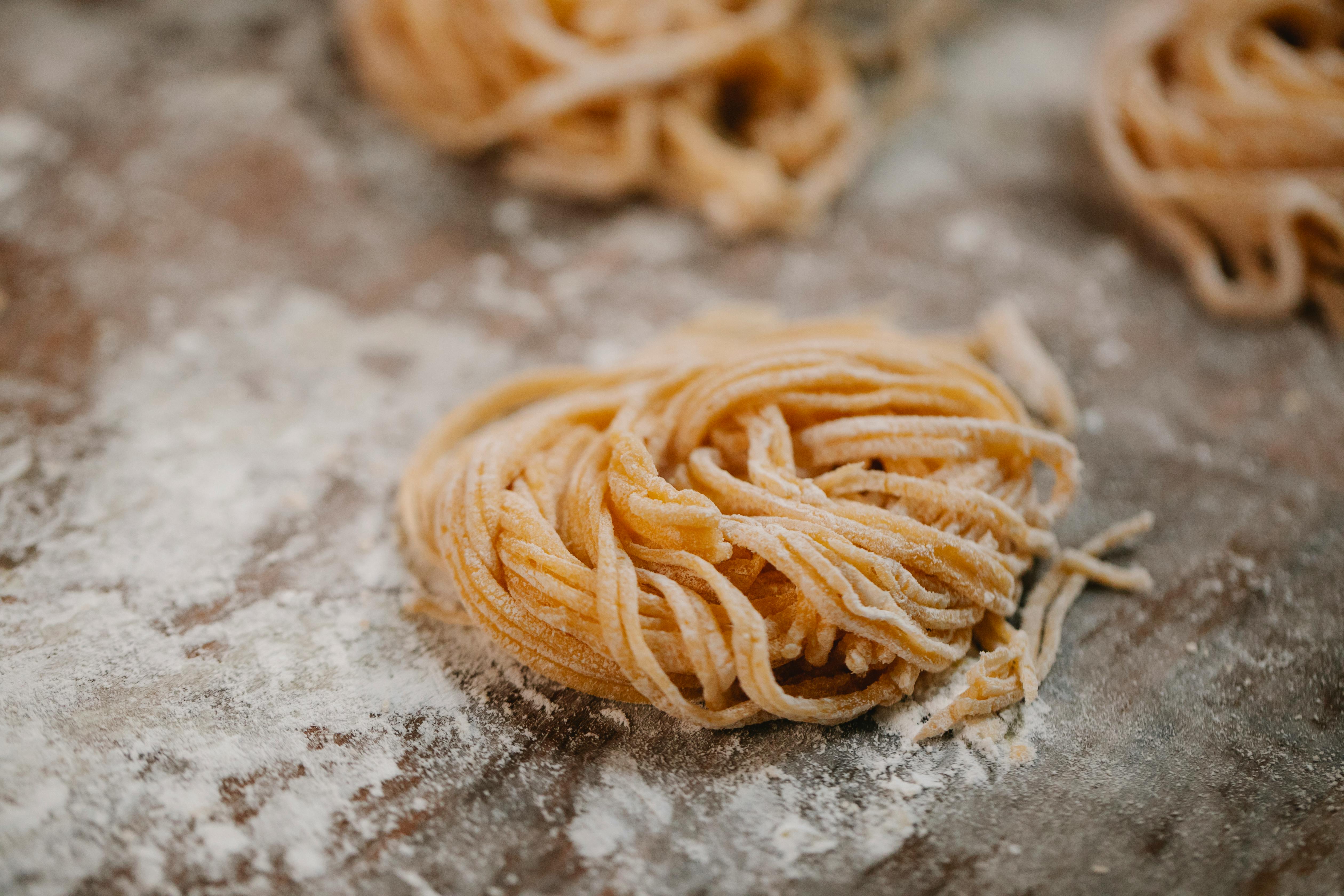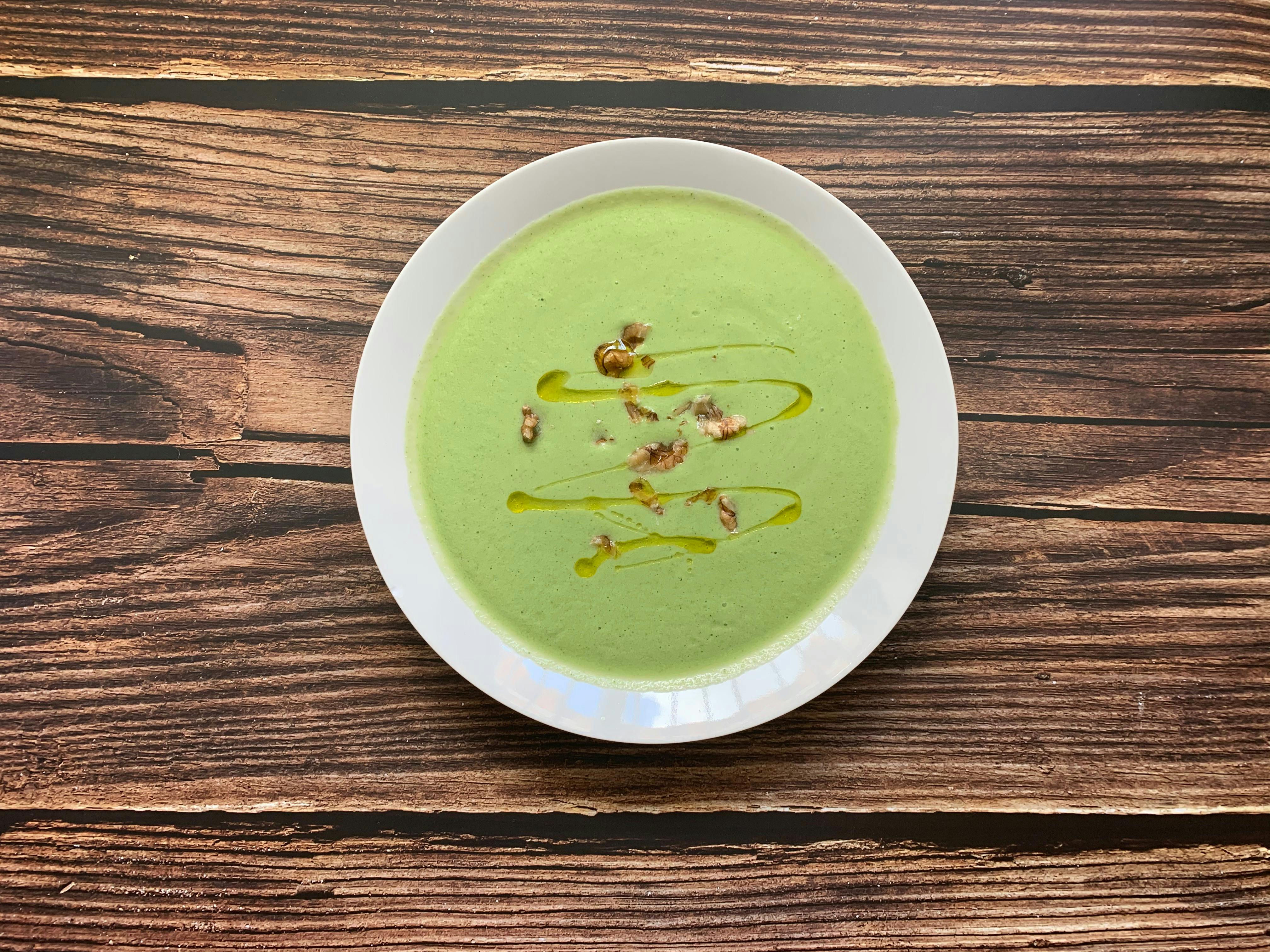Installing LED tube lights is a great way to save money on electricity and get potentially dangerous fluorescent lights out of your home or office. However, most of the LED tube lights on the market today cannot be installed directly into an existing fluorescent fixture. You will need to make a few simple modifications to the fixture to properly install the bulbs. The good news is that installing an LED tube light in an existing fluorescent fixture is relatively straightforward. Also, you should be able to buy specially designed fixtures for LED tube lights in the near future, and they should actually be cheaper than equivalent fluorescent fixtures. This article will provide a brief overview explaining what you need to know to install the new energy efficient fluorescent tube lights into an existing fluorescent fixture.
Fluorescent accessories are designed to accommodate specific types and sizes of fluorescent tube. A fluorescent tube is incorporated into a fluorescent lighting system that consists of two or three main components: (1) the fluorescent lamp (light bulb or fluorescent tube), (2) the ballast, and (3) the starting system. In addition, the tube lamp system includes a lamp holder and a switch. Depending on the particular fluorescent lighting system, the starter may be a replaceable component, a starter may not be necessary, or the starter function may be built into the ballast. The boot function can also depend on the physical design of the device. To retrofit a fluorescent light fixture to support an LED light tube, the ballast (and the starter if a separate one) must be disconnected.
Make sure the replacement LED light tubes are the correct size for the device. Also, always remember that when repairing a fixture or fluorescent lamp for any reason, the electrical power to the entire fixture must be disconnected. This is not always practical in situations where a large number of devices are controlled from the same power control (such as in open office areas). In these cases, insulating gloves and a non-metallic ladder should be used if accessories are to be repaired when there is power.
You’ll need a few simple tools, including a cable cutter and wire stripper (often built into the same tool), a pair of pliers, a screwdriver, and some wire nuts to reconnect the wires once you’ve removed the ballast.
Once the old bulbs are removed from the socket and the power to the fixture is turned off, you will probably need to remove the reflector that sits behind the bulbs and provides a recess for the wiring and ballast behind it. Usually it is fairly easy to remove the reflector or cover, but if it is not clear how to do this, you should consult the documentation of the device manufacturer.
If the device has an electronic ballast, you just need to remove it, and then connect the power directly to the lamp holders, completing a circuit for each bulb. This is pretty simple and you can usually use the existing cable on the device and then just add some cable nuts. If you have an older device with a magnetic ballast and starter, you will need to remove or open the starter and remove or shorten the magnetic ballast.
Depending on how much cable you have to work with, it is a good idea to leave long enough cables coming out of the ballast so that you can reconnect the ballast with cable nuts, if you ever want to convert the device back to use for fluorescent bulbs or want to use the ballast elsewhere. Typically the ballast will have two screws or bolts holding it in place on the fixture, and these can be removed with a screwdriver or pair of pliers as appropriate. Ballast must be disposed of in accordance with local regulations, just like old fluorescent bulbs. Because fluorescent bulbs contain a small amount of highly toxic mercury, they must be treated as hazardous waste and disposed of accordingly.
Once the ballast (and starter, if any) has been removed and the wires reconnected to complete a circuit for each bulb, replace the reflector or cover over the wiring and area where it was located the ballast, and the LED tube lights can be inserted into the end sockets. Unlike fluorescent bulbs that do not have a top or bottom, an LED tube light will have an obvious top and bottom, with a metal heat sink located on the back of the tube and the LEDs visible under a lens in the side that will be directed towards the area to be illuminated. Put the lid back on the appliance (if there is one) and turn on the electricity. Turn on the switch and if you’ve done everything correctly, you should have equal or better lighting using about half the electricity and lasting up to 50,000 hours or more.



